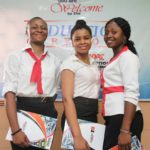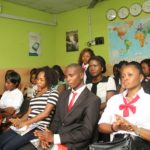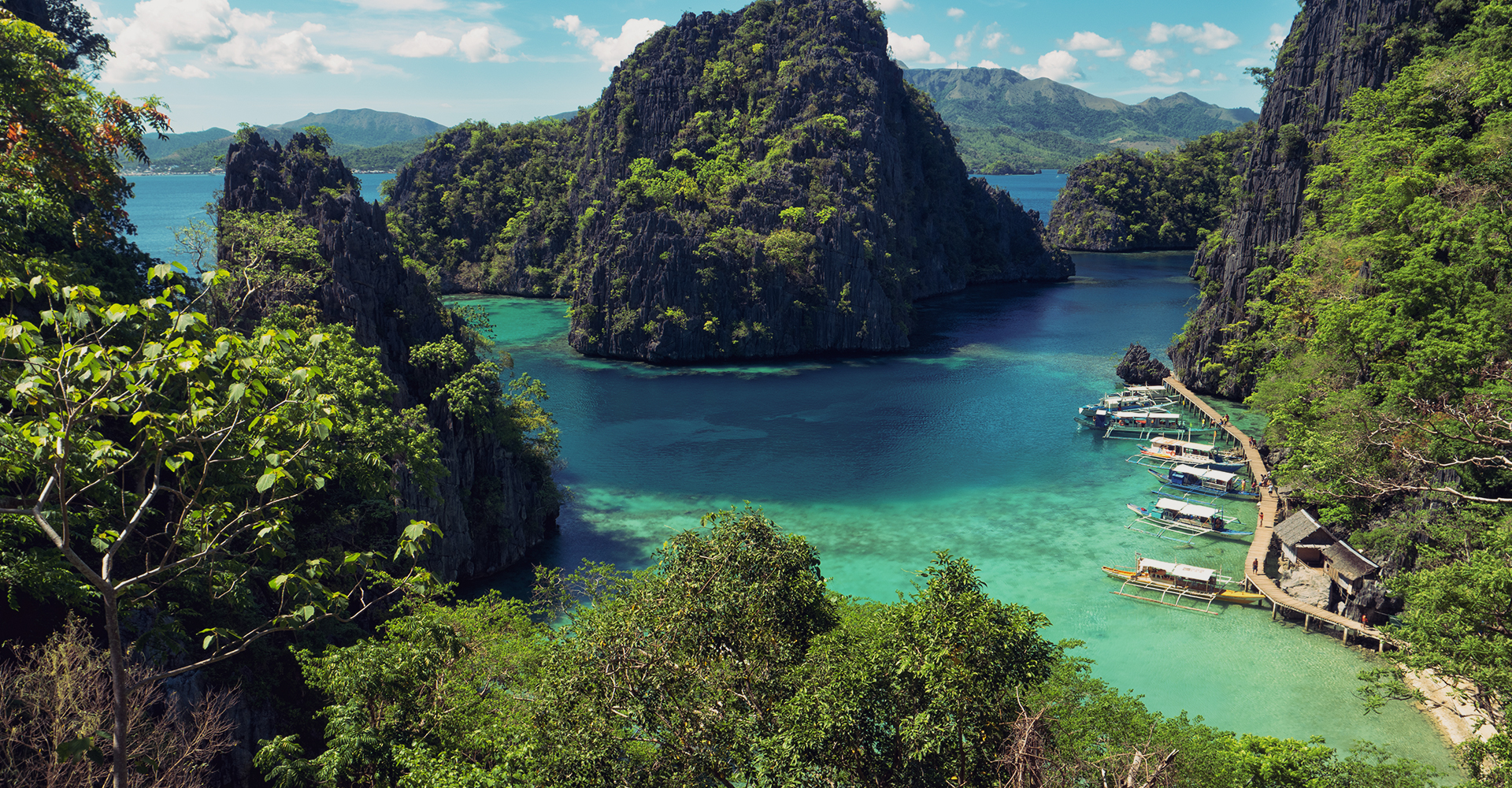KUALA LUMPUR
Kuala Lumpur, officially the Federal Territory of Kuala Lumpur and commonly known as KL, is the national capital and largest city in Malaysia. As the global city of Malaysia, it covers an area of 243 km2 (94 sq mi) and has an estimated population of 1.73 million as of 2016. Greater Kuala Lumpur, also known as the Klang Valley, is an urban agglomeration of 7.25 million people as of 2017. It is among the fastest growing metropolitan regions in Southeast Asia, in both population and economic development. Kuala Lumpur is the cultural, financial and economic centre of Malaysia. It is also home to the Parliament of Malaysia and the official residence of the Malaysian King (Yang di-Pertuan Agong), the Istana Negara. The city once held the headquarters of the executive and judicial branches of the federal government, but these were relocated to Putrajaya in early 1999. Kuala Lumpur is one of the leading cities in the world for tourism and shopping, being the tenth most-visited city in the world in 2017. The city houses three of the world’s ten largest shopping malls. Kuala Lumpur has been ranked by the Economist Intelligence Unit’s Global Liveability Ranking at No. 70 in the world, and No. 2 in Southeast Asia after Singapore. Kuala Lumpur was named as one of the New7Wonders Cities, and has been named as World Book Capital 2020 by UNESCO.
Climate and Weather
Protected by the Titiwangsa Range in the east and Indonesia’s Sumatra Island in the west, Kuala Lumpur is safe from strong winds and has a tropical rainforest climate, which is warm and sunny, along with abundant rainfall, especially during the northeast monsoon season from October to March. Temperatures tend to remain constant. Kuala Lumpur typically receives minimum 2,600 mm (100 in) of rain annually; June and July are relatively dry, but even then rainfall typically exceeds 131 millimetres (5.2 in) per month.
Tourism
Kuala Lumpur is the sixth most visited city in the world, with 8.9 million tourists per year. MICE tourism, which mainly encompasses conventions— has expanded in recent years to become a vital component of the industry, and is expected to grow further once the Malaysian government’s Economic Transformation Programme kicks in, and with the completion of a new 93,000m2-size MATRADE Centre in 2014. The major tourist destinations in Kuala Lumpur include the PETRONAS Twin Tower, the Bukit Bintang shopping district, the Kuala Lumpur Tower, Petaling Street (Chinatown), the Merdeka Square, the House of Parliament, the National Palace (Istana Negara), the National Museum, Islamic Arts Museum, Central Market, KL Bird Park, Aquaria KLCC, the National Monument, and religious sites such as the Sultan Abdul Samad Jamek Mosque. The entertainment hub of the city is mainly centred in the Golden Triangle encompassing Jalan P. Ramlee, Jalan Sultan Ismailand Ampang Road. Trendy nightclubs, bars and lounges, such as Marini’s on 57, Skybar at Traders Hotel, the Beach Club, Espanda, the Hakka Republic Wine Bar & Restaurant, Hard Rock Cafe, the Luna Bar, Nuovo, Rum Jungle, No Black Tie, the Thai Club, Zion club, Zouk, and many others are located here.
Languages and Regions
Kuala Lumpur is pluralistic and religiously diverse. Bahasa Malaysia is the principal language in Kuala Lumpur. Kuala Lumpur residents are generally literate in English, with a large proportion adopting it as their first language. Malaysian English is a variant widely used. It has a strong presence, especially in business and is a compulsory language taught in schools. Cantonese and Mandarin are prominent as they are spoken by the local majority Chinese population. Another major dialect spoken is Hakka. While Tamil is dominant amongst the local Indian population, other Indian languages spoken by minorities include Telugu, Malayalam, Punjabi, and Hindi. Beside the Malay language, there are a variety of languages spoken by people of Indonesian descent, such as Minangkabau and Javanese.
Parks
The Lake Gardens, a 92-hectare (230-acre) botanical garden, is the first recreational park created in Kuala Lumpur. There are different parks in Kuala Lumpur and they include Butterfly Park, Deer Park, Orchid Garden, Hibiscus Garden and the Kuala Lumpur Bird Park, which is the world’s largest aviary bird park. Other parks in the city include the ASEAN Sculpture Garden, KLCC Park, Titiwangsa Lake Gardens, Metropolitan Lake Gardens in Kepong, Forest Research Institute of Malaysia, Taman Tasik Permaisuri (Queen’s Lake Gardens), Bukit Kiara Botanical Gardens, Equestrian Park and West Valley Park near TTDI, and Bukit Jalil International Park.






